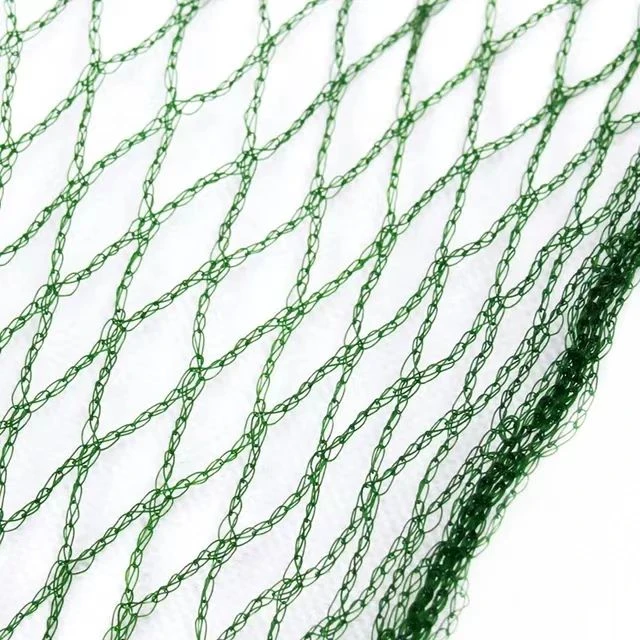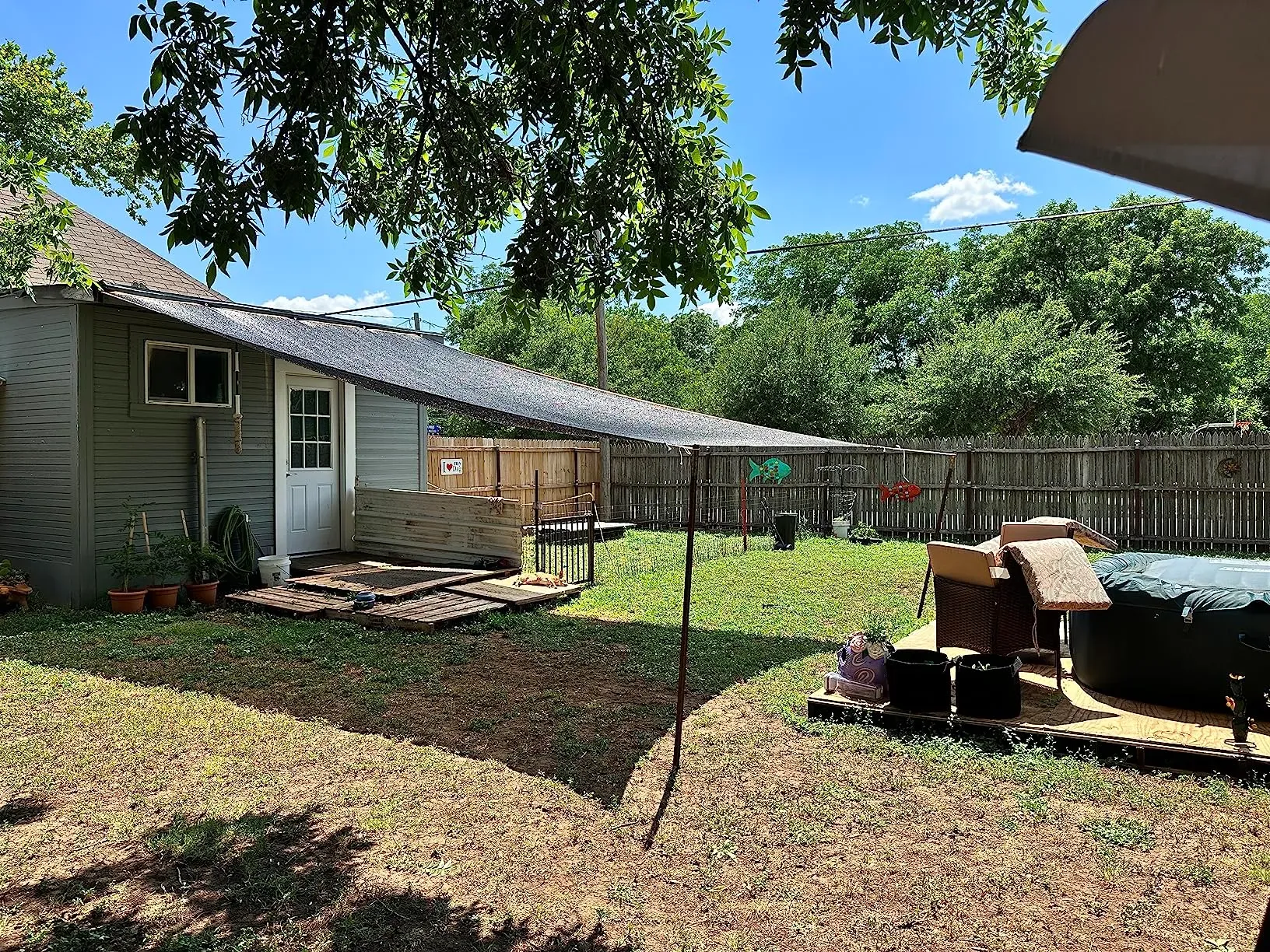-
 Afrikaans
Afrikaans -
 Albanian
Albanian -
 Amharic
Amharic -
 Arabic
Arabic -
 Armenian
Armenian -
 Azerbaijani
Azerbaijani -
 Basque
Basque -
 Belarusian
Belarusian -
 Bengali
Bengali -
 Bosnian
Bosnian -
 Bulgarian
Bulgarian -
 Catalan
Catalan -
 Cebuano
Cebuano -
 China
China -
 Corsican
Corsican -
 Croatian
Croatian -
 Czech
Czech -
 Danish
Danish -
 Dutch
Dutch -
 English
English -
 Esperanto
Esperanto -
 Estonian
Estonian -
 Finnish
Finnish -
 French
French -
 Frisian
Frisian -
 Galician
Galician -
 Georgian
Georgian -
 German
German -
 Greek
Greek -
 Gujarati
Gujarati -
 Haitian Creole
Haitian Creole -
 hausa
hausa -
 hawaiian
hawaiian -
 Hebrew
Hebrew -
 Hindi
Hindi -
 Miao
Miao -
 Hungarian
Hungarian -
 Icelandic
Icelandic -
 igbo
igbo -
 Indonesian
Indonesian -
 irish
irish -
 Italian
Italian -
 Japanese
Japanese -
 Javanese
Javanese -
 Kannada
Kannada -
 kazakh
kazakh -
 Khmer
Khmer -
 Rwandese
Rwandese -
 Korean
Korean -
 Kurdish
Kurdish -
 Kyrgyz
Kyrgyz -
 Lao
Lao -
 Latin
Latin -
 Latvian
Latvian -
 Lithuanian
Lithuanian -
 Luxembourgish
Luxembourgish -
 Macedonian
Macedonian -
 Malgashi
Malgashi -
 Malay
Malay -
 Malayalam
Malayalam -
 Maltese
Maltese -
 Maori
Maori -
 Marathi
Marathi -
 Mongolian
Mongolian -
 Myanmar
Myanmar -
 Nepali
Nepali -
 Norwegian
Norwegian -
 Norwegian
Norwegian -
 Occitan
Occitan -
 Pashto
Pashto -
 Persian
Persian -
 Polish
Polish -
 Portuguese
Portuguese -
 Punjabi
Punjabi -
 Romanian
Romanian -
 Russian
Russian -
 Samoan
Samoan -
 Scottish Gaelic
Scottish Gaelic -
 Serbian
Serbian -
 Sesotho
Sesotho -
 Shona
Shona -
 Sindhi
Sindhi -
 Sinhala
Sinhala -
 Slovak
Slovak -
 Slovenian
Slovenian -
 Somali
Somali -
 Spanish
Spanish -
 Sundanese
Sundanese -
 Swahili
Swahili -
 Swedish
Swedish -
 Tagalog
Tagalog -
 Tajik
Tajik -
 Tamil
Tamil -
 Tatar
Tatar -
 Telugu
Telugu -
 Thai
Thai -
 Turkish
Turkish -
 Turkmen
Turkmen -
 Ukrainian
Ukrainian -
 Urdu
Urdu -
 Uighur
Uighur -
 Uzbek
Uzbek -
 Vietnamese
Vietnamese -
 Welsh
Welsh -
 Bantu
Bantu -
 Yiddish
Yiddish -
 Yoruba
Yoruba -
 Zulu
Zulu
Anti-Insect & Shade Nets for Agriculture Crop Protection Solutions
- Introduction to Modern Crop Protection Solutions
- Material Innovations in Pest Control Fabrics
- Performance Metrics Across Climatic Conditions
- Market-Leading Brands Compared
- Custom Design Parameters for Specific Crops
- Real-World Implementation Scenarios
- Strategic Advantages for Sustainable Farming

(insect net for agriculture)
Insect Net for Agriculture: Revolutionizing Crop Security
Global agricultural losses from pest infestations exceed $220 billion annually, with smallholder farms suffering 40-60% yield reductions. Advanced anti insect net for agriculture
systems demonstrate 92% effectiveness in preventing Lepidoptera and Coleoptera invasions, according to 2023 FAO field trials. These woven polypropylene solutions combine 380-gram tensile strength with UV stabilization, offering 5-8 year lifespans in tropical environments.
Engineering Superiority in Protective Textiles
Third-generation knitting machines produce 72-100 mesh configurations (0.25-0.8mm apertures) that balance airflow (62CFM/ft²) with insect exclusion. Cross-laminated polyethylene variants withstand 75km/h winds while maintaining 88% light transmission. Antimicrobial treatments reduce bacterial growth by 99.3% compared to untreated nets.
| Brand | Material | Mesh Size | UV Life | Price/100m² |
|---|---|---|---|---|
| AgriShield Pro | HDPE+Additives | 0.4mm | 7 years | $184 |
| PestGuard Ultra | LDPE/PET Blend | 0.6mm | 5 years | $157 |
| EcoNet V2 | Recycled PP | 0.3mm | 6 years | $205 |
Adaptive Manufacturing Specifications
Customizable agriculture shade net systems accommodate various parameters:
- Variable shading densities (35%-90%)
- Fire-retardant coatings (meeting NFPA 701 standards)
- Anti-static treatments for dust-prone regions
Operational Success Patterns
A Kenyan rose farm achieved 23% reduced pesticide costs using 50-micron mesh installations. Spanish greenhouse operators report 18% yield increases in tomato crops under 45% shade coefficient nets. Vietnamese dragon fruit growers extended harvest cycles by 14 weeks through integrated netting systems.
Insect Net for Agriculture: Future-Proofing Harvests
Adoption of anti insect net for agriculture solutions shows 19% CAGR growth as climate volatility intensifies. Advanced models now integrate IoT-enabled tear detection sensors and modular attachment rails, reducing installation labor by 40%. These innovations position protective netting as essential infrastructure for climate-resilient farming.

(insect net for agriculture)
FAQS on insect net for agriculture
Q: What is the purpose of an insect net for agriculture?
A: An insect net for agriculture protects crops from pests and insects while allowing airflow and sunlight. It reduces the need for chemical pesticides and is ideal for organic farming. The netting is typically made from durable, UV-resistant materials.
Q: How does an anti insect net for agriculture differ from regular nets?
A: Anti insect nets have finer mesh sizes (often 40-50 mesh) to block even tiny pests like thrips and aphids. They are also treated for UV resistance and longevity. Regular nets may lack these specialized features.
Q: Can agriculture shade nets also protect against insects?
A: Agriculture shade nets primarily reduce sunlight and heat stress but may offer limited pest protection depending on mesh density. For full insect control, combine them with dedicated anti-insect nets. Dual-purpose nets are available for mixed protection.
Q: How do I choose the right size for an agriculture insect net?
A: Select mesh size based on target pests (e.g., 20 mesh for larger insects, 50+ for tiny pests). Ensure coverage extends beyond the crop area with secure edges. Consider net height to accommodate plant growth.
Q: Are insect nets suitable for all crop types?
A: Insect nets work well for vegetables, fruits, and ornamental plants but require removal for pollinator-dependent crops during flowering. Choose lightweight nets for delicate seedlings and heavier ones for long-term use. Proper installation ensures optimal results.
-
Shipping Plastic Bags for Every NeedNewsJul.24,2025
-
Safety Netting: Your Shield in ConstructionNewsJul.24,2025
-
Plastic Mesh Netting for Everyday UseNewsJul.24,2025
-
Nylon Netting for Every UseNewsJul.24,2025
-
Mesh Breeder Box for Fish TanksNewsJul.24,2025
-
Expanded Steel Mesh Offers Durable VersatilityNewsJul.24,2025











